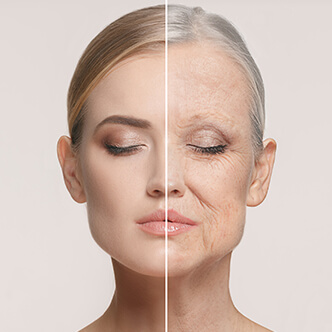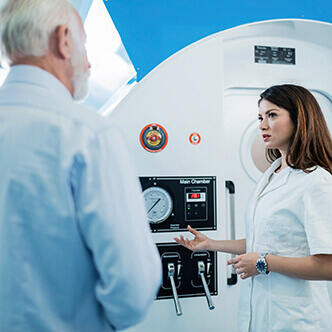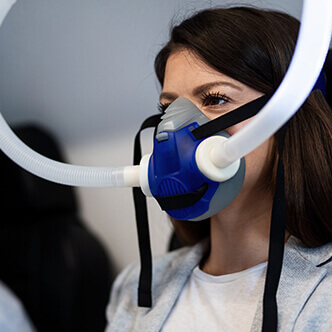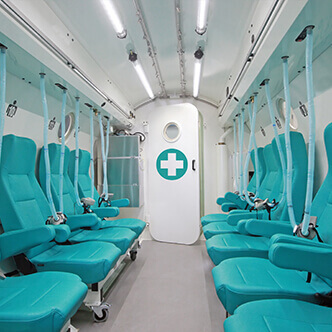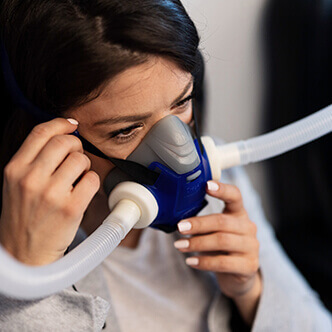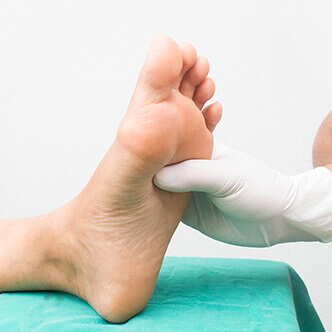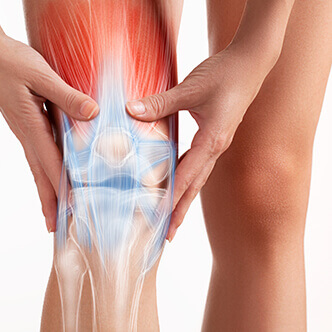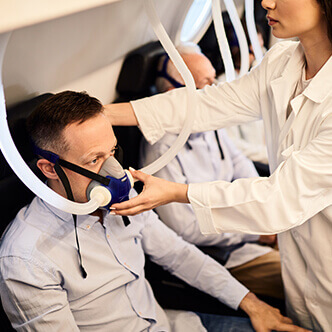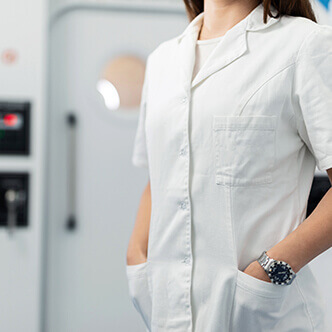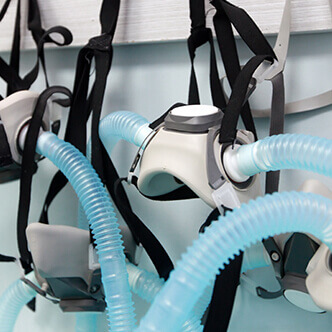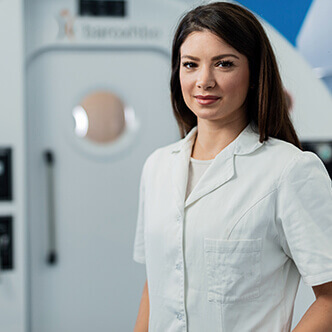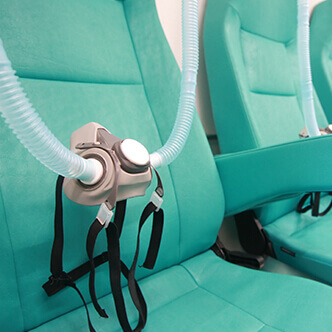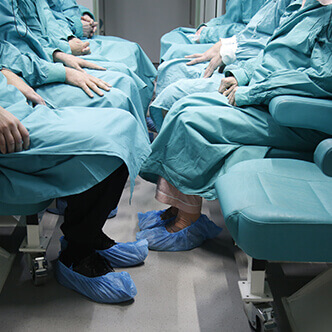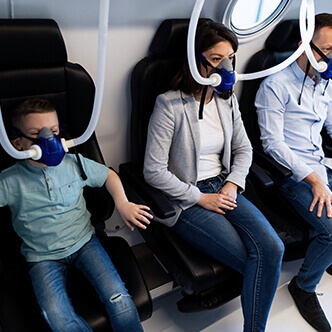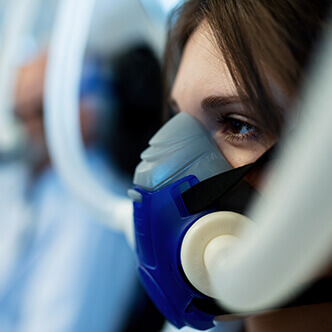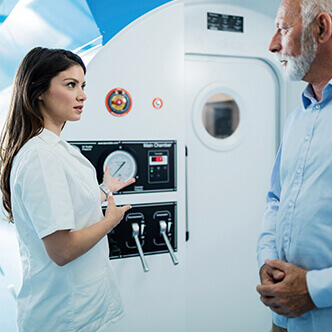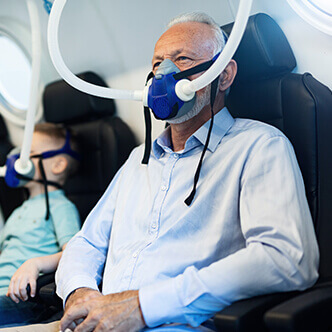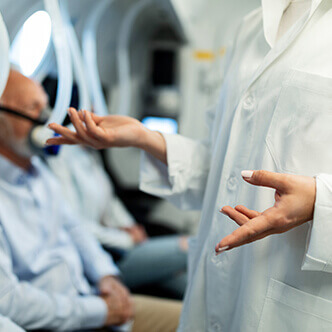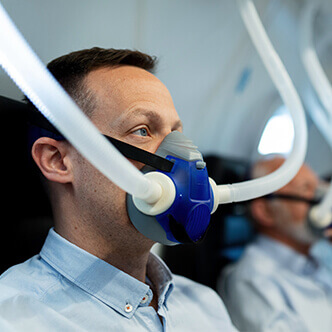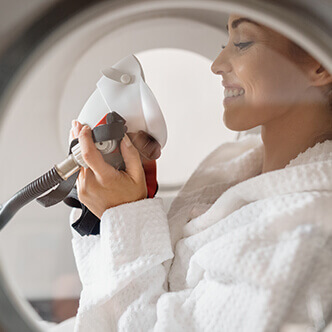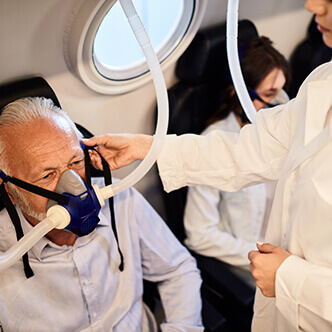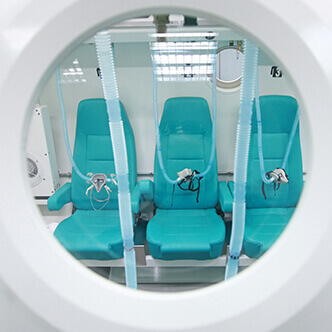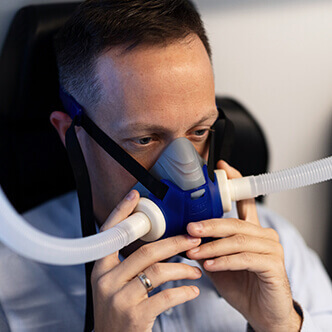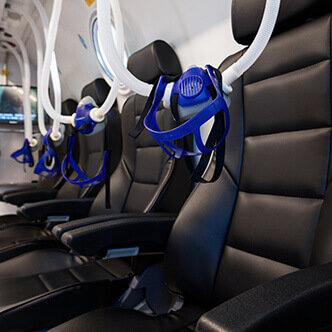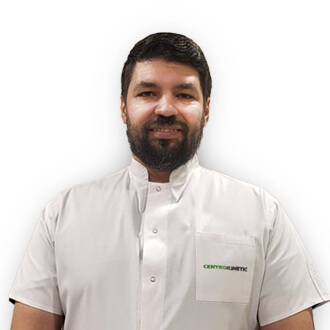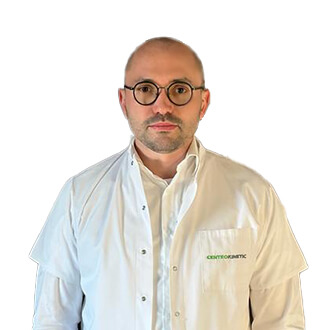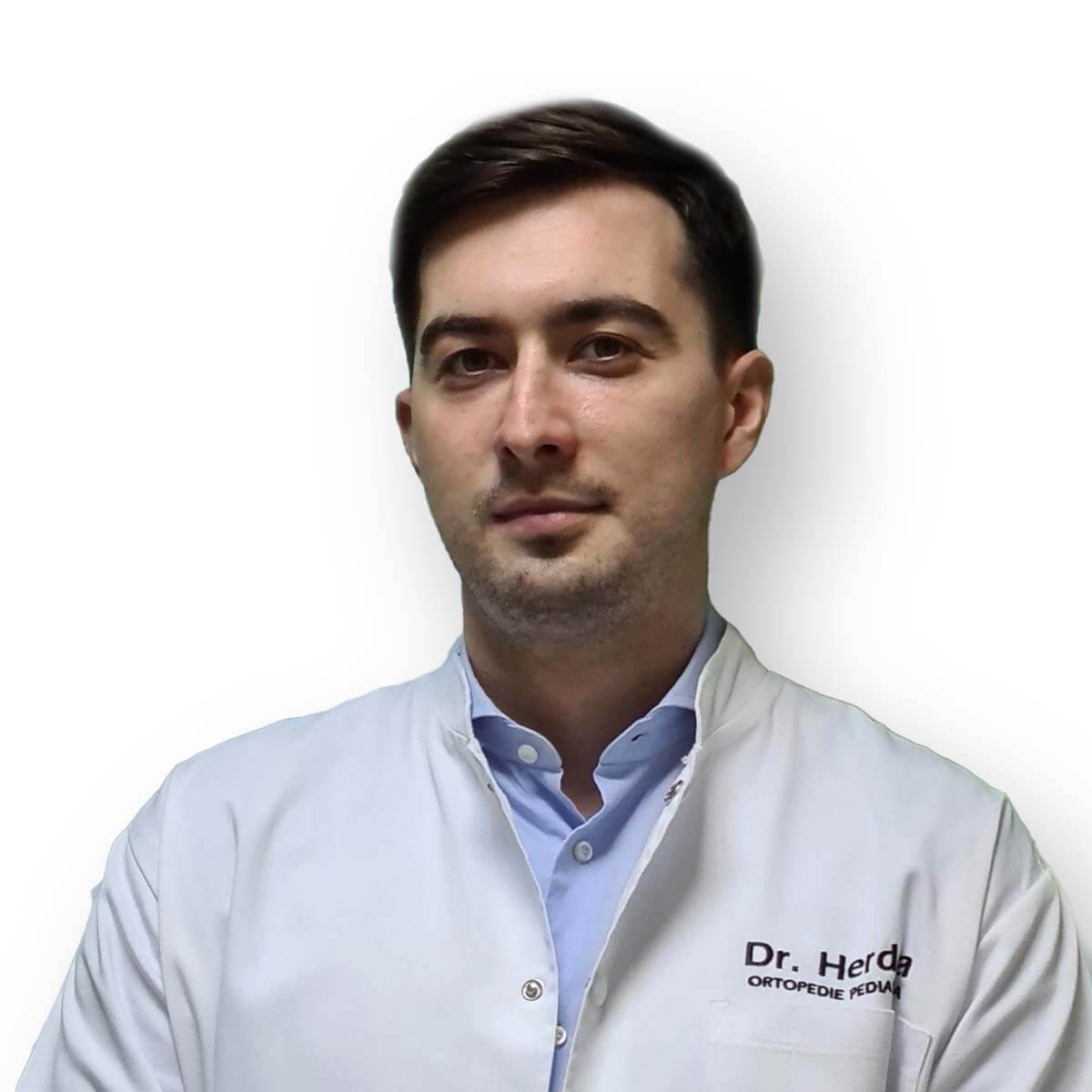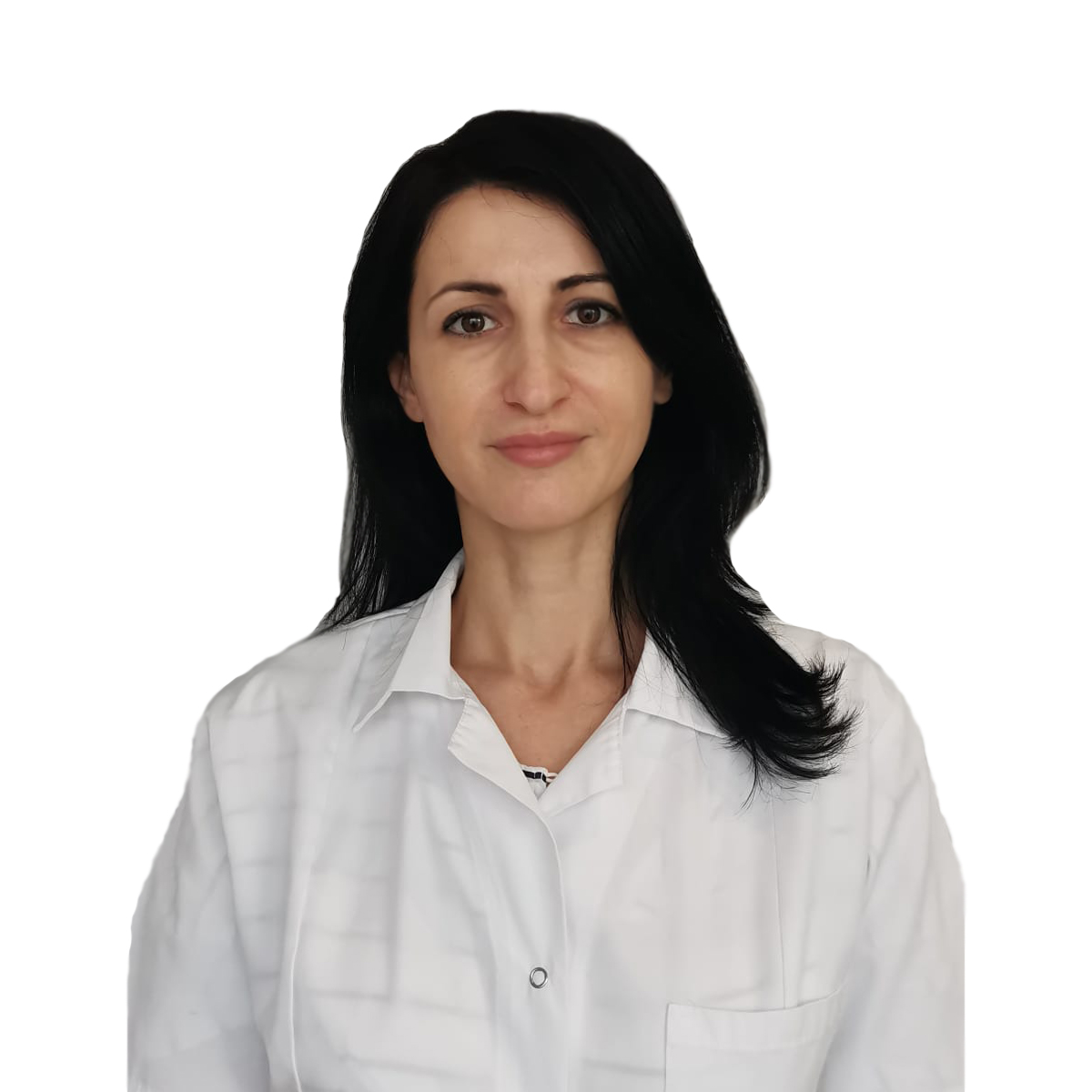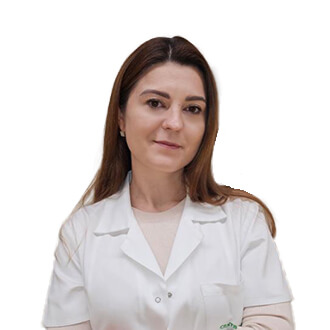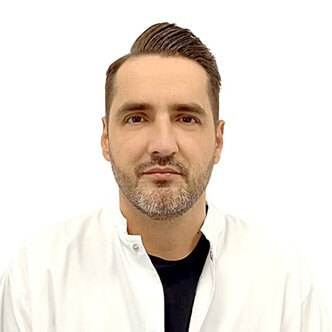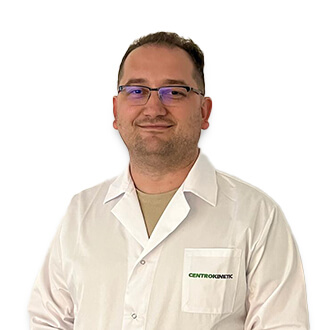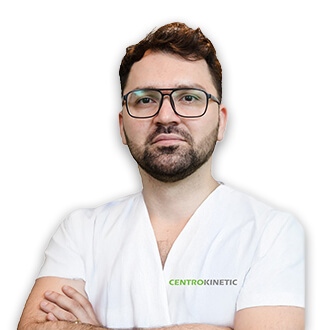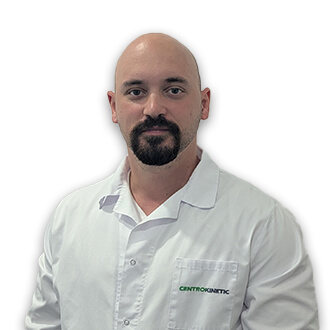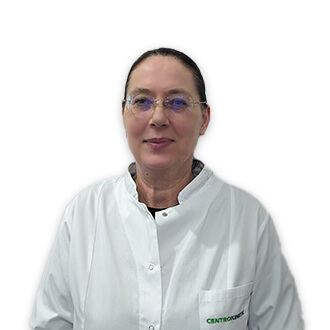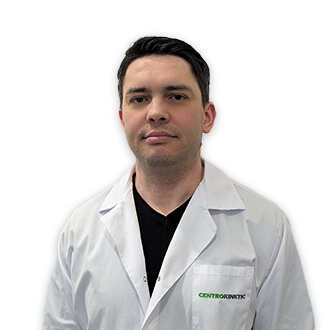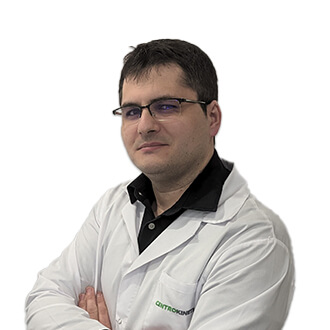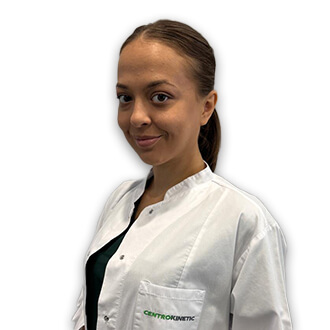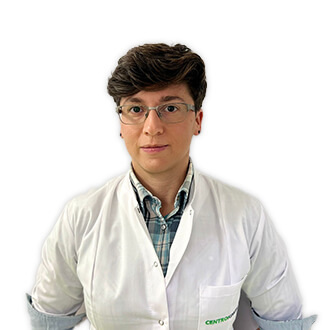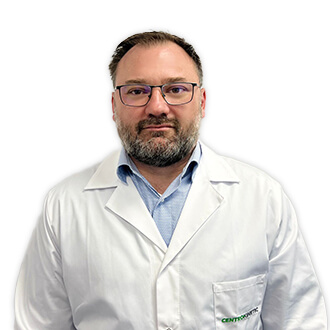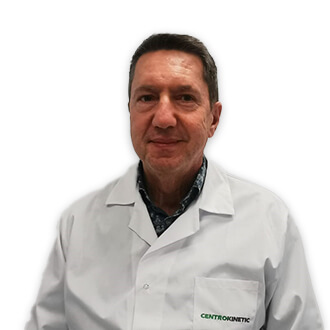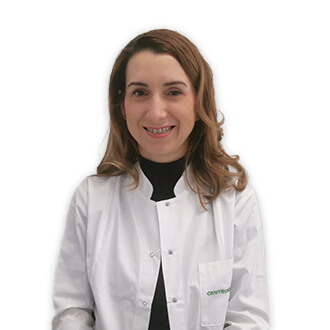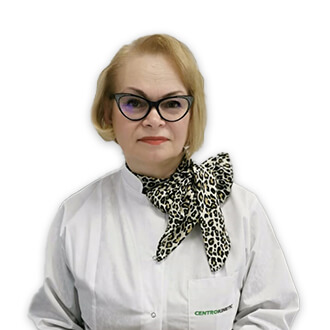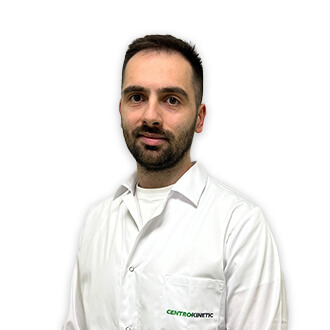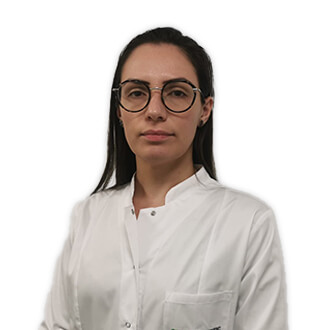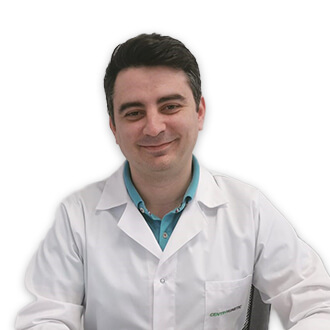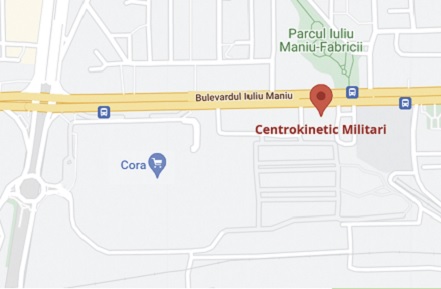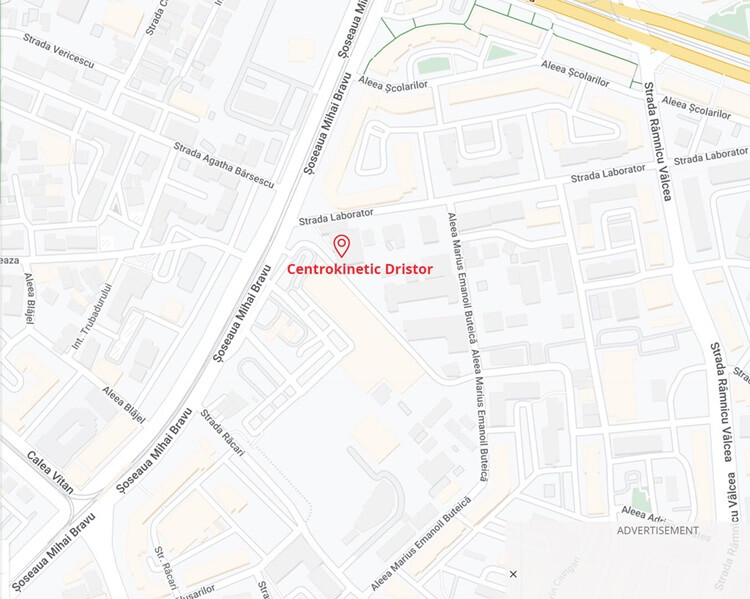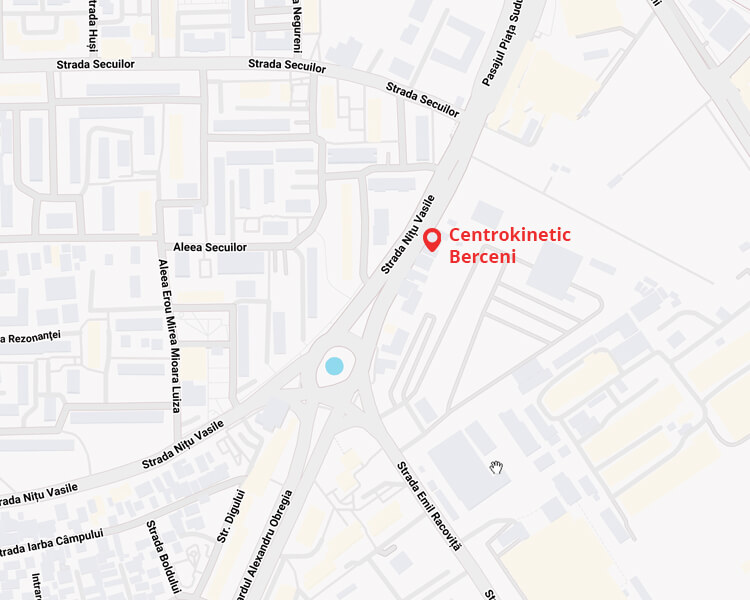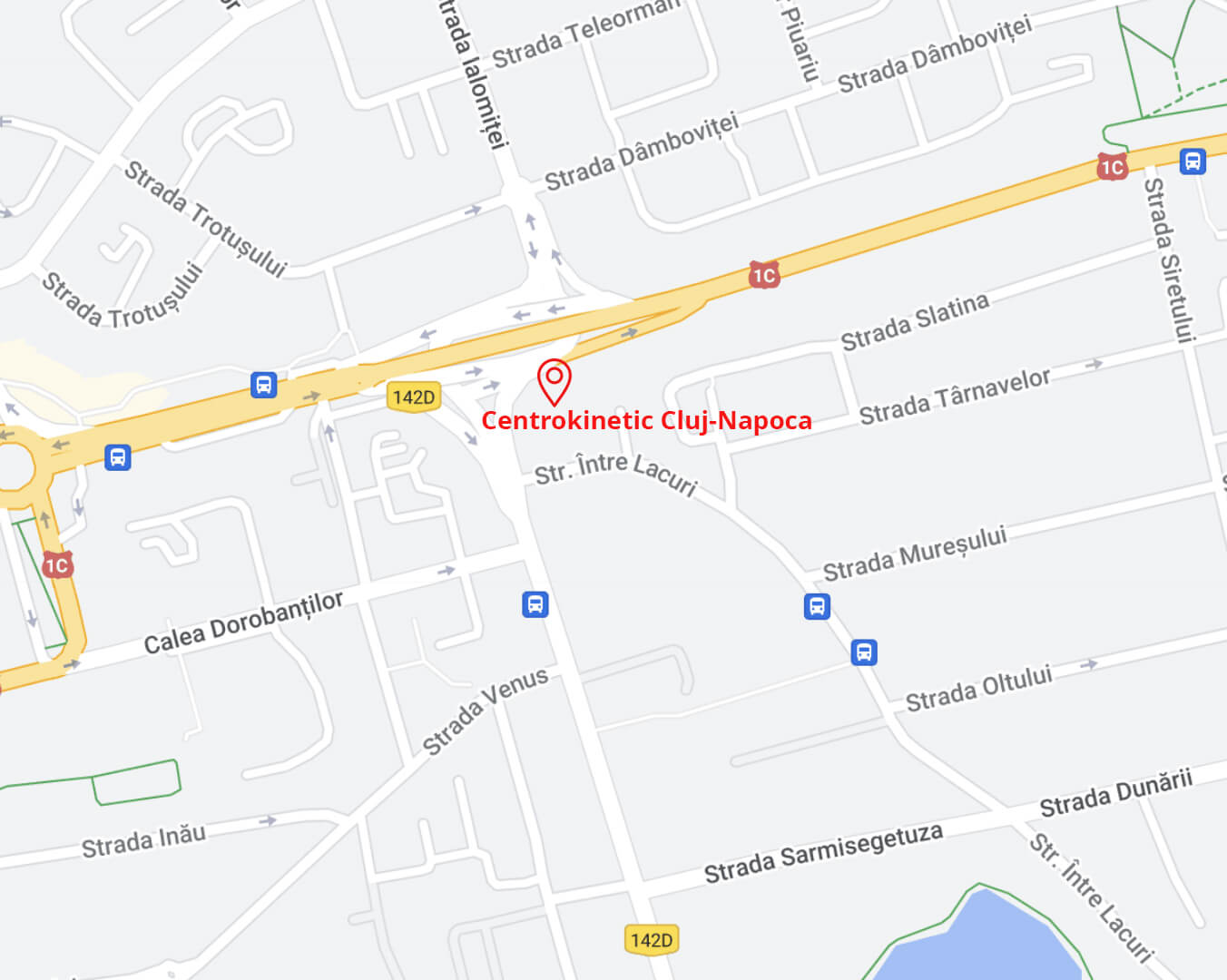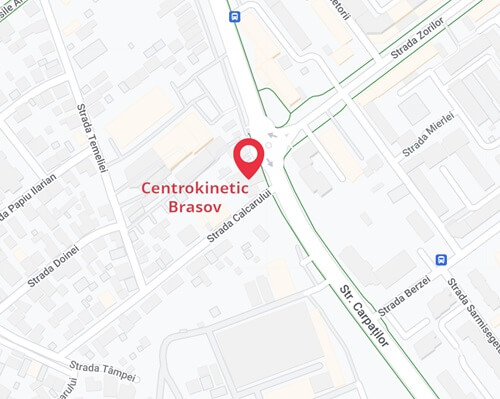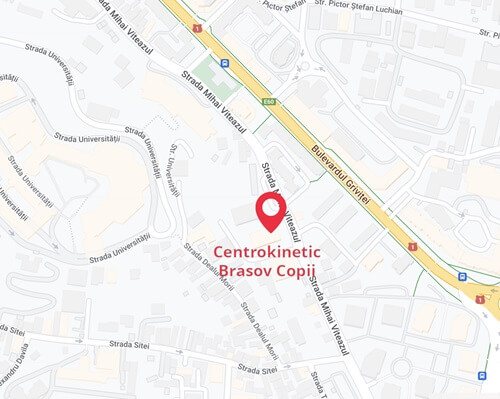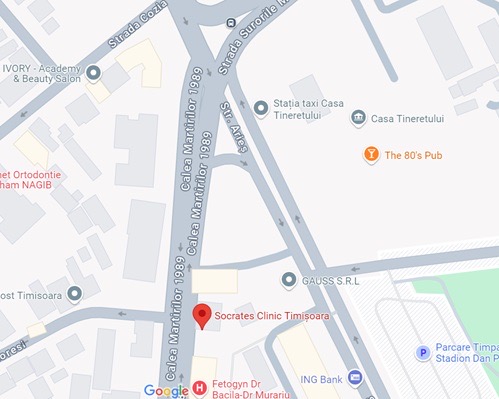See details
READ MORE
Discover the hyperbaric medicine center opened within our clinic.
Centrokinetic has the most advanced hyperbaric chamber in Bucharest, with multiple medical and anti-aging applications. The Baroks chamber has 5 seats and operates at a constant pressure of 3 atmospheres, being fully automated and featuring protocols dedicated to each condition, allowing individualized use for each patient.
Hyperbaric therapy – benefits
Patients who choose the clinic’s hyperbaric therapy services benefit from:
- The only medically accredited hyperbaric therapy chamber in Bucharest, operating at 3 atmospheres (aesthetic-use chambers work at 1 atmosphere and have no medical benefits).
- A safe medical procedure, with no radiation, no pain, and no side effects. The chamber provides full protection against CoVid-19 transmission, as each patient has an individual mask during therapy, and all breathing movements are done exclusively through this pressurized mask.
- A specialized medical team consisting of rehabilitation doctors, orthopedists, rheumatologists, neurologists, and neurosurgeons. A multidisciplinary team specialized in all conditions that can be treated with hyperbaric therapy.
- Premium conditions at an affordable and fair price. Our clinic is known for the quality of its facilities and care for each patient. However, there is no need to pay exorbitant prices to access quality medical services. At Centrokinetic, you’ll find a fair and affordable price. Please note that we do not have a contract with the National Health Insurance House (we do not offer state-reimbursed services).
Centrokinetic is in constant contact with prestigious clinics and universities from Belgium, the Netherlands, France, and Greece to continuously update treatments and offer patients the best medical solutions.
What are the effects of oxygen therapy on the body?
- Reduces inflammation
- Increases body oxygen saturation by 20–30%
- Boosts immune function
- Improves blood circulation and stimulates the formation of new capillaries
- Reduces toxins in the body
- Stimulates the formation of new blood cells
- Accelerates healing rate
Absolute contraindications
Untreated pneumothorax represents an absolute contraindication to hyperbaric oxygen therapy. When a patient is placed in a chamber where air pressure changes, severe pneumothorax may occur, which can quickly become life-threatening. Each patient with pneumothorax should be treated (thoracostomy) before undergoing hyperbaric oxygen therapy.
The use of certain medications before or during hyperbaric oxygen therapy is also an absolute contraindication. Doxorubicin and Cisplatin are both chemotherapy drugs, while Disulfiram is used in the treatment of alcoholism, and Mafenide acetate (Sulfamylon) is used for treating bacterial infections in burns. During hyperbaric oxygen therapy, these drugs have been observed to become toxic.
Doxorubicin used during therapy can increase the risk of cardiotoxicity and should be stopped 24 hours before therapy.
Bleomycin can cause interstitial pneumonia and fibrosis, but patients can safely undergo therapy if the medication has been discontinued for at least 6 months.
Disulfiram, by blocking superoxide dismutase, can increase the risk of oxygen toxicity (seizures and pulmonary toxicity) and should not be taken concurrently with hyperbaric oxygen therapy.
Relative contraindications
Cisplatin, together with HBOT, is a relative contraindication because the drug treatment may become ineffective. It is not an absolute contraindication since no adverse effects occur.
Chronic obstructive pulmonary disease (COPD) may increase the risk of hypercarbia. The large volume of inhaled oxygen raises blood oxygen saturation, leading to induced hypoventilation.
Asthma may lead to air trapping between the pleural layers and pulmonary barotrauma. Similarly, air bubbles and asymptomatic lesions observed in chest X-rays are also relative contraindications as they may lead to pneumothorax.
Implants should be tested to prove their safety and ability to withstand a high-pressure environment. Although most devices are built to resist up to 4 atmospheres, it is always advisable to verify this with the manufacturer.
In patients with epidural anesthetic pumps, there is a risk of pump damage due to pressure. It is recommended to contact the device manufacturer to verify resistance to this pressure level.
Pregnancy has generally been considered a relative contraindication due to unknown effects on the fetus. However, recent studies have shown that pregnancy can, in certain circumstances, be an indication. Pregnant women can benefit from hyperbaric oxygen therapy in cases of carbon monoxide poisoning. Due to the high affinity of fetal hemoglobin for oxygen and carbon monoxide, HBOT has shown good results in CO intoxication.
High fever (>39°) or epilepsy may lower the seizure threshold, increasing the likelihood of oxygen toxicity. The risk of oxygen-induced toxicity leading to seizures in patients with a high risk (e.g., post-brain surgery) remains unknown. Antiepileptic and antipyretic drugs may help reduce this risk.
Inability to equalize ear or sinus pressure, possibly due to prior surgery, radiation exposure, or acute upper respiratory infections, may cause pain or barotrauma. For example, otosclerosis can be problematic. Patients with acute congestion or mild difficulty in equalizing ear pressure can be treated with phenylephrine nasal spray. If treatments are ineffective, a tympanostomy tube placed in the eardrum is recommended before HBOT.
Eustachian tube dysfunction may increase the risk of tympanic membrane barotrauma. It is recommended that patients undergo pressure-equalization training or receive tympanostomy tubes before starting therapy.
Claustrophobia may represent a contraindication depending on severity, control with anxiolytics, and the size of the chamber. In severe cases where patients may endanger themselves, claustrophobia is considered an absolute contraindication.
Ophthalmologic surgeries may be problematic if air remnants are trapped in the eye, as air expansion or contraction can affect vision.
Thoracic surgery may increase the risk of atelectasis or pneumothorax. A thorough evaluation should be performed prior to therapy.
Spontaneous pneumothorax is a relative contraindication, and a detailed evaluation is recommended before proceeding.
Asymptomatic lung lesions detected by X-ray should be evaluated to determine their cause before treatment.
History of optic neuritis or sudden vision loss is a relative contraindication, although limited studies exist. Moreover, HBOT has shown therapeutic benefits for patients with radiation-induced optic neuritis, central retinal artery occlusion, retinal vein occlusion, macular edema, etc. Therefore, patients with a history of eye disease should be clinically evaluated to assess potential risks and benefits.
Insulin-dependent diabetes or acute hypoglycemia are relative contraindications due to therapy-induced hypoglycemia. Frequent glucose monitoring is usually sufficient to perform HBOT safely.
Nicotine and caffeine use or dependence are contraindicated before starting therapy. Vasoconstriction induced by these agents reduces therapy efficiency. For the same reason, cocaine and amphetamines are also contraindicated.
Congenital spherocytosis has been considered risky because the increased partial oxygen pressure can cause hemolysis. However, some cases have been reported where patients were treated safely.
Perilymph fistulas, resulting from inner ear barotrauma, cause vertigo and other vestibular symptoms that may be worsened by therapy, as oxygen is forced into the cochlea.
Oxygen therapy in diving accidents
Diving accidents are accidents that can occur during diving, being specific to this activity, and are always an emergency. Learn the benefits of hyperbaric therapy and why it is useful in diving accidents.
READ MOREContraindications Of Hyperbaric Oxygen Therapy
Hyperbaric oxygen therapy has multiple medical and anti-aging uses. Like any medical treatment, hyperbaric oxygen therapy has certain contraindications. Find out here what are the contraindications for hyperbaric oxygen therapy.
READ MOREThe Effectiveness of Hyperbaric Oxygen Therapy in Reversing the Aging Process in Humans
Scientists in Israel say they can reverse the aging process. The key to this success seems to be hyperbaric oxygen therapy – breathing pure oxygen while sitting in a pressurized chamber for a certain amount of time. In this case, it's 90 minutes/session, with a frequency of 5 sessions per week, for 3 months.
READ MOREHyperbaric oxygen therapy in intestinal pneumatosis
Cystoid or cystic intestinal pneumatosis (intestinal emphysema) is a symptom that can occur in many gastrointestinal diseases. Hyperbaric oxygen therapy can be a successful treatment of cystoid intestinal pneumatosis and granulomatosis with polyangiitis.
READ MOREHyperbaric oxygen therapy in cell damage caused by radiation in gynecological cancers
Gynecological cancers treated with a combination of external beam radiation and brachytherapy, especially cervical and vaginal cancers, can result in the apex of the vagina receiving a high dose of radiation. Hyperbaric oxygen therapy has positive effects on the radiated tissues, especially the head, neck, anus, and rectum.
READ MOREHyperbaric oxygen therapy in post-radiotherapy CNS injury
Hyperbaric oxygen therapy involves the use of so-called levels of oxygen under pressure to increase the level of oxygen in the blood. The use of hyperbaric oxygen therapy involves oxygen treatment for soft tissue radionecrosis. Read this article and find out more.
READ MOREHyperbaric oxygenation vs normobaric oxygenation in CO poisoning
Prolonged CO exposure is responsible for more than half of fatal poisonings and is also one of the leading causes of poisoning in Western countries. We aimed to compare the effectiveness of therapy with hyperbaric oxygen (HBO) versus normobaric oxygen (NBO) in the setting of carbon monoxide poisoning (COP).
READ MOREHyperbaric oxygen therapy in diabetic foot
Hyperbaric oxygen therapy may be effective for Wagner's grade 3 and 4 diabetic foot ulcers and need to study the real problems with patients seeking treatment and demonstrates the need to study the real problems with patients seeking treatment. The results show that it is important to follow the treatment in order for the HBOT to be efficient.
READ MOREThe role of hyperbaric oxygen therapy in sports medicine
Hyperbaric oxygen is used in sports medicine to reduce hypoxia and edema and is also effective in treating stroke injuries and acute traumatic peripheral ischemia. When used clinically, hyperbaric oxygen should be considered as an adjuvant therapy used as early as possible after the diagnosis of the lesions.
READ MOREHyperbaric oxygen therapy in muscle injuries
Muscle stretches are the most common muscle injuries suffered during performance sports. Rapid recovery from muscle injury is crucial for elite athletes who regularly are exposed to training and increased competition. Hyperbaric oxygen therapy is a safe and effective method, being a non-invasive treatment
READ MOREHyperbaric oxygen therapy in sports injuries
Hyperbaric therapies are methods used to treat disease or injury using pressures higher than the local atmospheric pressure inside a hyperbaric chamber. The long-term effects are neovascularization (angiogenesis in hypoxic soft tissues), osteoneogenesis, and stimulation of collagen production by fibroblasts. This is beneficial for wound healing and recovery after irradiation.
READ MOREHyperbaric oxygen therapy in proctitis generated by radiation
Proctitis is the inflammation of the rectal mucosa causing pain, discharge, and other unusual symptoms. Pain can occur during bowel movements, it can be acute or chronic. Symptoms may vary, but the most common is tenesmus (the feeling of needing to go to the toilet), a sensation that persists even after using the toilet. This treatment should be offered to patients who fail to recover with conventional treatments for radiation-induced proctitis.
READ MOREHyperbaric oxygen therapy in refractory osteomyelitis
Osteomyelitis is an infection of the bone or marrow caused by bacteria or mycobacteria. Hyperbaric oxygen treatments can be considered an American Heart Association (AHA) Class II recommendation for the treatment of chronic, refractory osteomyelitis
READ MOREHyperbaric oxygen therapy in tinnitus
Hyperbaric oxygenation allows a controlled increase in oxygen pressure in the blood. This technique can be used in cases of tinnitus and sudden deafness, when certain changes in the inner ear and brain generate a lack of oxygen and, therefore, a limited intake of energy.
READ MOREHyperbaric oxygen therapy of ischemia and reperfusion injury
Hyperbaric oxygen therapy has been found to ameliorate the damaging effects of reperfusion by early modulation of inflammation, maintenance of metabolic function in downstream tissues, and reintroduction of oxidation scavengers.
READ MOREHyperbaric therapy in the treatment of second degree burns
HBOT has a beneficial effect on burn wound healing by reducing edema and ensuring there is adequate oxygen in microcirculation. It may speed up epithelialization and suppress unnecessary inflammation that could negatively affect normal wound healing. With further research, HBOT may become an adjuvant therapy to surgery.
READ MOREHyperbaric oxygen therapy
Hyperbaric therapy is a form of medical treatment that involves exposing the body to pure oxygen at a higher pressure than normal. There are about 45 diseases approved worldwide to be treated with hyperbaric oxygen.
READ MOREHyperbaric oxygen therapy in the management of patients with malignant otitis externa
Malignant otitis externa is a rapidly spreading bacterial infection that is aggressive and may be fatal if left untreated. Hyperbaric oxygen therapy (HBOT) is a medical treatment in which the entire body is placed in an airtight chamber at increased atmospheric pressure and has been proven to be effective for several different medical conditions.
READ MOREHyperbaric oxygen therapy in acute myocardial infarction
If left untreated, MI will lead to the progressive loss of viable cardiomyocytes, impaired heart function, and congestive heart failure. Oxygen cycling therapy serves as a very attractive option for the treatment of myocardial infarction, because it offers some of the greatest benefits while reducing treatment time and inconvenience to the subject.
READ MOREHyperbaric oxygen in ischemic ulcers
The present study has demonstrated that adjunct HBOT enhances the reduction of ulcer area and depth at 4 weeks in T2DM patients with ischaemic DFUs. HBOT is known to ensure hyperoxygenation of ischaemic tissue and restoration from hypoxia. Discover the hyperbaric medicine center open in our clinic. Centrokinetic has the top-performing hyperbaric chamber in Bucharest.
READ MOREHyperbaric therapy in femoral condylar osteonecrosis
Osteonecrosis of the knee (ONK) is a form of aseptic necrosis resulting from ischemia to subchondral bone tissue. Typically, treatment is invasive. Hyperbaric oxygen therapy (HBOT) may provide a noninvasive alternative by improving oxygenation and reperfusion of ischemic areas. This study evaluates the efficacy of HBOT in a series of ONK patients.
READ MOREHyperbaric therapy in femoral head necrosis
Femoral head necrosis (FHN), also called avascular necrosis, or femoral head osteonecrosis is a common multifactorial condition that affects patients of any age and can lead to substantial clinical morbidity. Hyperbaric oxygen therapy (HBO) is one of the proposed treatments. Indeed, tissue oxygen promotes angiogenesis that reduces edema. Read about the effectiveness of this treatment.
READ MOREHyperbaric oxygen therapy in central retinal artery occlusion
Central retinal artery occlusion (CRAO) is a devastating and common eye condition. It presents a sudden, unilateral, and painless loss of vision. Even when treated promptly, an acute obstruction of the central retinal artery usually leads to severe and permanent loss of vision.
READ MOREHyperbaric therapy in irradiated maxillofacial dental implant
There are numerous studies reported for the effectiveness of HBO in the treatment of osteoradionecrosis of various bone tissues. In addition to its usefulness in treating osteoradionecrosis, this therapy can prevent it. It also combats the negative effect of irradiation, stimulates osseointegration, and improves the survival rate of the implant.
READ MOREHyperbaric oxygen therapy in hear loss
The auditory function in the inner ear is maintained by the cochlea, which is known to have a high oxygen demand. Hyperbaric oxygen can increase the tension of oxygen in the perilymph and restore hearing in a significant number of patients with sudden hearing loss. Patients can be treated in a single-seater hyperbaric chamber or in a multiplace chamber.
READ MOREHyperbaric therapy in traumatic ischemia
Limb trauma, which leads to direct tissue damage, plus local hypoxic disorders caused by the resulting edema, causes acute peripheral ischemia. Surgical treatment and hyperbaric oxygen are not concurrent treatment modalities but are best used to complement each other in order to provide the best outcome for the patient.
READ MOREHyperbaric therapy in venous embolism
Small gas embolisms, as in this case, present serious risks, especially the complication of cerebral air embolism. To prevent neurological complications, it is necessary to urgently remove the air bubble. HBOT reduces the volume of the bubble, helps eliminate nitrogen, and improves the oxygenation of potentially hypoxic tissue. See the results of hyperbaric therapy in venous embolism.
READ MOREHyperbaric therapy in osteoradionecrosis
Osteoradionecrosis (ORN) is a common consequence of radiation provided to cancer patients. Currently, hyperbaric oxygen therapy (HBOT) has a major role in improving wound healing in patients with ORN.
READ MOREHyperbaric oxygen therapy in soft tissue radionecrosis
Discover the hyperbaric medicine center open in our clinic. Centrokinetic has the top-performing hyperbaric chamber in Bucharest, with multiple medical and anti-aging uses. The Baroks chamber has 5 seats, and operates at a constant pressure of 2.5 atmospheres, being fully automated and having protocols for each condition, and can be used individually for each patient.
READ MORESUCCESSFUL RECOVERY STORIES
MAKE AN APPOINTMENT
FOR AN EXAMINATION
See here how you can make an appointment and the location of our clinics.
MAKE AN APPOINTMENT



